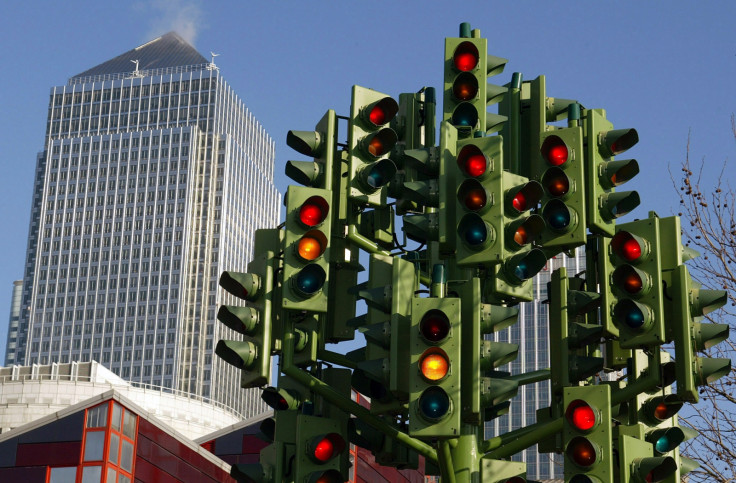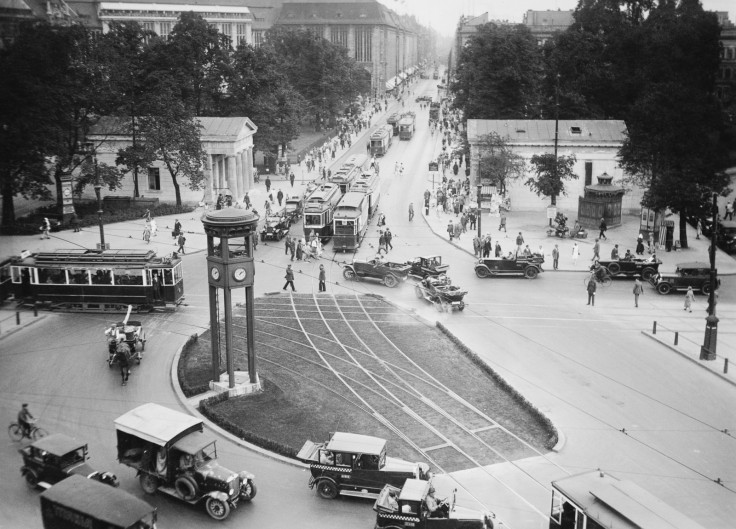History of Traffic Lights: 100th Anniversary of the First Electric Traffic System

The 100<sup>th anniversary of the first electric traffic light system will be marked on 5 August.
It was installed on the corner of East 105th Street and Euclid Avenue in Cleveland, Ohio, and had red and green lights and a buzzer to provide a warning that the colours were about the change.
Traffic signals' birth in London
The idea for traffic lights began in the 1800s when a system was required to control the ever-increasing flow of horse-drawn traffic. In 1868, in London, a signal was installed at the intersection of George Street and Bridge street, near Parliament. This provided pedestrians a safe crossing.
The system installed – a semaphore – involved a tall post with moveable arms. When the arms were positioned sideways it meant stop. After dark, a gas light was lit at the top. The green tinted lens meant go, while red meant stop.
Signals were initially controlled by hand, with officers deciding when the signals should be changed according to traffic flow. They would blow a whistle to warn drivers that the signal was going to change.
However, this method turned out to be unsafe. In 1869, a traffic signal exploded following a leak in one of the gas lines below, severely injuring the policeman operating it. This led to the semaphore project being dropped in London.
America's evolves the signal system
In America, the semaphore system continued to be rolled out, with more and more motorists, carts and trucks travelling on the road. However, with more traffic officers found it was difficult to judge congestion.

While some cities began installing traffic towers, allowing officers to have a higher view of the traffic, in Utah in 1912, policeman Lester Wire developed the first electric traffic light system with red and green lights.
Two years later, the first electric signal was installed in Cleveland. It was based on a design by James Hoge and allowed police and fire crew to control the signals in case of emergencies.
Four-way systems and modern day
In Detroit, William Potts – also a police officer – decided to do something about the increasing number of cars on the roads. He looked to adapt railroad signals to be used on streets and developed a system with red, amber and green lights. He made the first four-way three coloured traffic system, and it was installed on the Woodward and Michigan Avenues in Detroit in 1920. A year later there were 15 automatic light systems.
Over the next 10 years, many inventors came up with new ways to control traffic signals. Charles Adler Jr came up with a signal that detected a car's horn, while Henry A Haugh developed a detector that sensed the pressure of passing vehicles.
The first electric traffic lights to be installed in England were in Piccadilly Circus in 1926. Just over 60 years later traffic lights became the subject of an art installation near London's Canary Wharf.
'Traffic Light Tree' was created by French sculptor Pierre Vivant, who described its meaning: "The sculpture imitates the natural landscape of the adjacent London Plane Trees, while the changing pattern of the lights reveals and reflects the never-ending rhythm of the surrounding domestic, financial and commercial activities."
There are now over 25,000 sets of traffic lights in the UK.
© Copyright IBTimes 2025. All rights reserved.






















